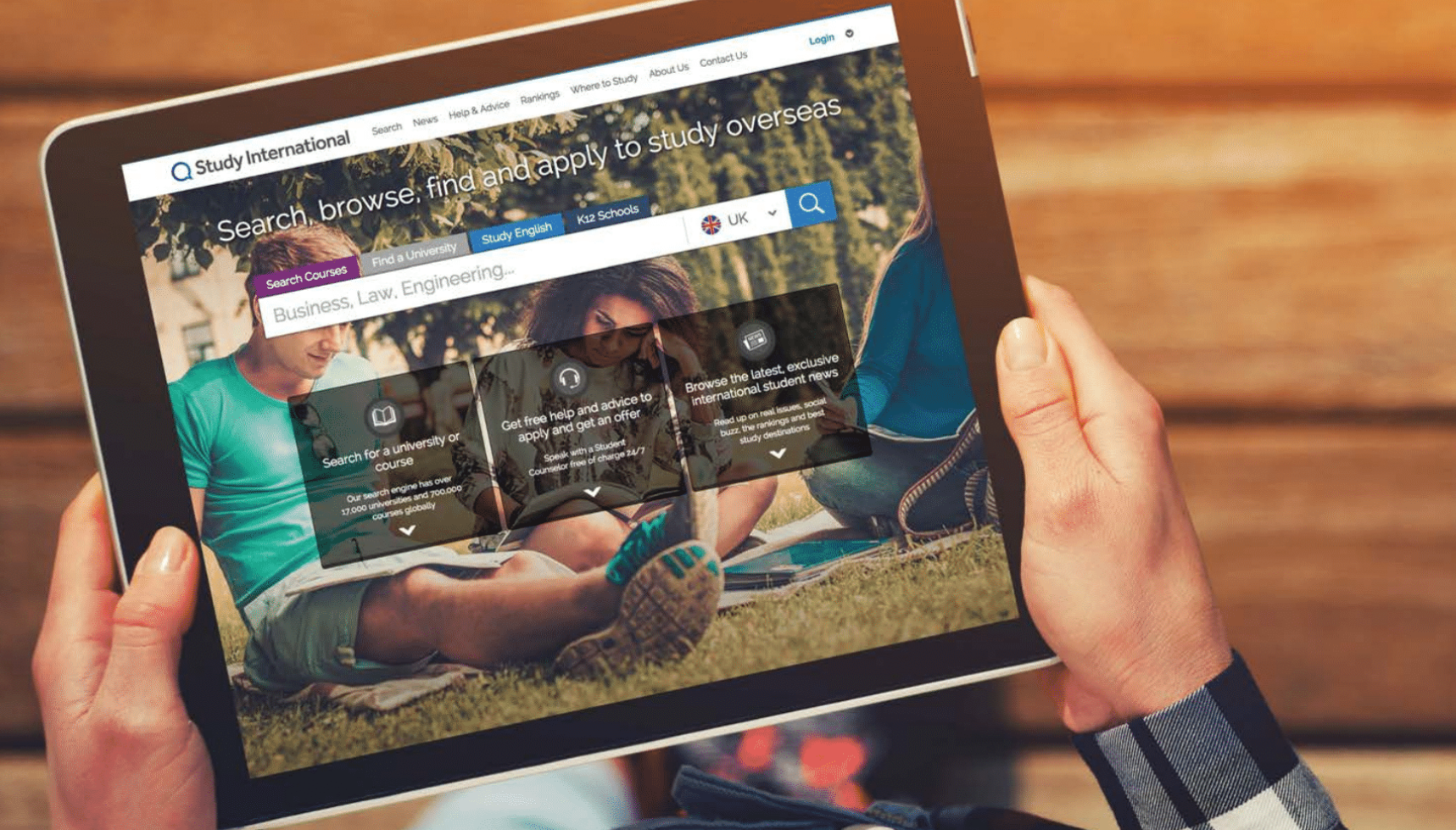At Hybrid Kuala Lumpur, we start Mondays with a good dose of data.
Well-rested from the weekend, editors and writers sip their Americanos as they receive a summary of the best-performing stories from last week. This is when our colleagues from Digital unveil the key stats— most-read article, top-performing tweets, what’s hot in SEO— that constructively inform our editorial focus for the week across our titles.
This meeting is one of the most important pieces in the editorial strategy at Hybrid. More compelling media doesn’t happen without thought— in a world of digital publishing and changing reader habits, it requires insights and analytics, SEO, conversations on social media, personal interviews, and good ol’ human instinct.
“As a digital media operation, it is extremely important for our writers to know what they’re doing right or wrong— numbers help us remove the guesswork,” said Clara Chooi, Editor of U2B.
Meanwhile, Tech Wire Asia Editor, Soumik Roy, calls the Monday scrum the best one hour he spends all week: “This is shop talk in the age of Big Data— the best kind.”
Editors aren’t the only ones who find the meetings helpful.
Yasmin Ahmad Kamal, Senior Writer for Hybrid’s international education site, Study International, got the idea for her feature “The dark side of PhDs” after learning that the terms ‘Master’s’ and ‘PhDs’ were driving readers to the homepage.
She also noticed that, despite postgraduate degrees being the academic qualification of choice for the majority of international students at key study abroad destinations, few organisations published insights relevant to this student demographic.
“It’s essential for aspiring PhD candidates to truly understand what the journey encompasses and what they should do in preparation for it,” Yasmin said. Clearly, there was a story to be told.
Emily Devonald, another writer on Study International, is “obsessed” with trends, which is why she jumped on the chance to pitch a profile on She Loves Data— a data-driven community for women in tech empowerment— after seeing news on the gender gap in STEM education create conversations on social media.
Through a mild interrogation of her colleagues from Digital, Emily always seeks to understand what’s driving that interest behind trends— How old are the readers? Where are they from? What’s really firing them up? That data curiosity is behind a lot of her success as a journalist.
“By quizzing the Digital team during our meetings, I can make sure my articles surge to the top of a reader’s search engine,” Emily said.
For Adlina A Rahim, Tech Wire Asia, a key goal at these meetings is to collect trending keyword searches that direct readers right to the site’s homepage. This week, it’s ‘automation solutions’.
“I would have a discussion with my editor and see if I can score an interview with business leaders who are excelling with automation,” said Adlina.
The meeting serves more than just as a source of inspiration for stories. It’s a time to bond too.
Sharuna Segaren joined Study International in December 2018 as a senior writer with a strong background in print media, but not as much experience in digital analytics.
It didn’t help that the Monday meeting coincided with her very first day at Hybrid and conversations were peppered with foreign terms like ‘social buzz’, ‘CTR’ and ‘topline performance’.
By her second Monday meeting, Sharuna was comfortably using these terms on her own (and comparing weekend shenanigans with her co-workers).
Sharuna said: “I used to find the meetings quite nerve-wrecking, but now I look forward to them. We learn a lot from each other— it’s what makes us a strong team.”
In fact, her article “What other schools can learn from Japan’s healthy school lunches” gained the most organic traffic in November thanks to her understanding of SEO analytics.
As Clara says: “These meetings are to encourage collaboration and camaraderie between our editorial and digital teams. What could be a better way to kick off the week?”


